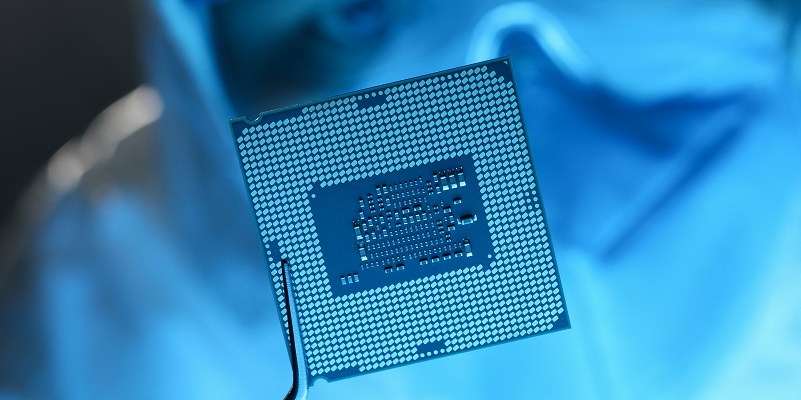Intel’s Alder Lake-N lineup has taken the market by storm, effectively replacing the traditional Pentium and Celeron chips. These new processors boast impressive power and efficiency, offering users an improved computing experience. One key aspect of the Alder Lake-N lineup is the integrated graphics processing unit (iGPU), which significantly contributes to overall performance. Recently, Team Pandory conducted benchmark tests to examine the iGPU performance in Intel’s N100 processor, shedding light on its capabilities.
An Overview of Intel’s Alder Lake-N Lineup
The Alder Lake-N lineup is designed with a primary focus on power efficiency while delivering enhanced performance. These processors feature up to eight cores, leveraging the advanced Gracemont microarchitecture for improved multitasking capabilities and seamless execution of demanding tasks.
Comparing the Intel N100 Processor
Previous benchmarks have revealed that the Intel N100 performs admirably, often matching the performance of processors like the i5-7400. This is a testament to the capabilities of the Alder Lake-N lineup and underscores the potential of the N100 processor.
Benchmark Testing by Team Pandory
Team Pandory, renowned for their meticulous benchmarking expertise, conducted a series of tests to evaluate the iGPU performance of the Intel N100 processor. They tested a wide range of titles, from graphically demanding games like GTA V to less demanding titles like DOTA 2, to gauge the iGPU’s performance across different scenarios.
Analyzing the iGPU Performance
The results of the benchmark tests were illuminating. The Xe-LP iGPU, as expected, exhibited below-average performance in most titles, with one notable exception. In Resident Evil 5, the iGPU managed to deliver a decent output of 70 frames per second (FPS), demonstrating its potential in certain optimized games.
Performance in AAA Titles
While the iGPU in the Intel N100 showed promise in Resident Evil 5, its performance in other AAA titles fell below expectations. Most games yielded FPS results below the 30 FPS mark. However, this outcome is understandable considering the N100’s modest 6W thermal design power (TDP) rating and maximum turbo frequency of 3.4GHz.
Exploring the Integrated GPU’s Features
Despite its limitations in AAA titles, the Intel N100’s iGPU possesses several noteworthy features. With 24 execution units (EUs) and support for AV1 decode capabilities, the N100 offers efficient video playback and ensures compatibility with modern media formats. Furthermore, its ability to handle 8K 60fps video playback is facilitated by Intel’s Xe-LP architecture.
Overall Performance Verdict
In conclusion, the iGPU performance of the Intel N100 processor in demanding games might be considered modest when compared to dedicated graphics cards. However, it delivers a decent gaming experience in less demanding titles, showcasing its suitability for casual gamers and individuals with basic gaming needs. The N100’s overall performance, combined with the power efficiency and impressive multitasking capabilities of the Alder Lake-N lineup, make it a compelling choice for a wide range of users.
Intel’s Alder Lake-N lineup has introduced a new era of processors, replacing traditional chips and bringing significant improvements to power efficiency and performance. The benchmark results provided by Team Pandory demonstrate the iGPU performance of the Intel N100 processor, shedding light on its capabilities in various gaming scenarios. While the iGPU’s performance may not rival that of dedicated graphics cards, it still delivers a satisfying experience in less demanding games. With the N100’s features and the overall strengths of the Alder Lake-N lineup, Intel has struck a balance between power efficiency, multitasking capabilities, and gaming performance.

